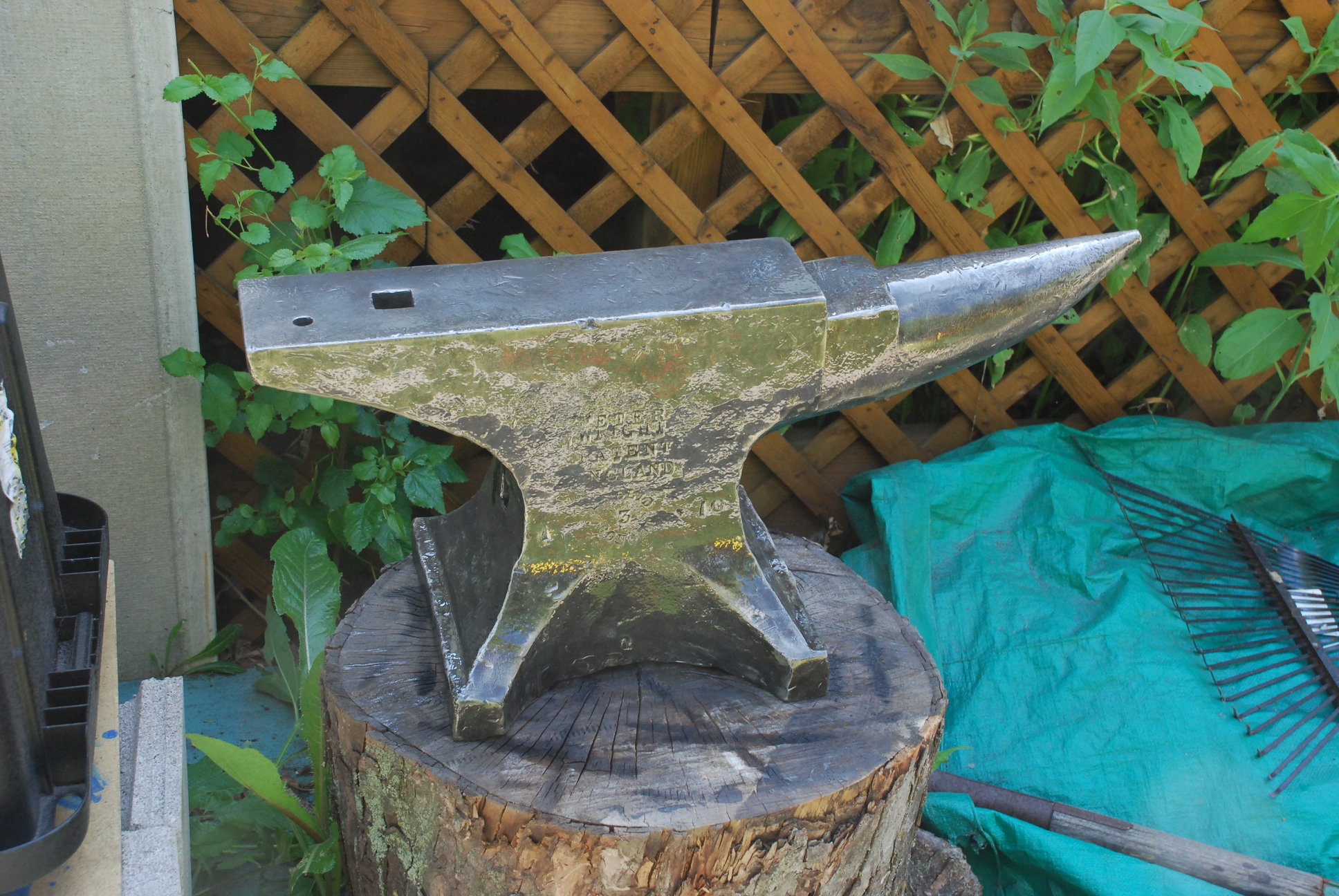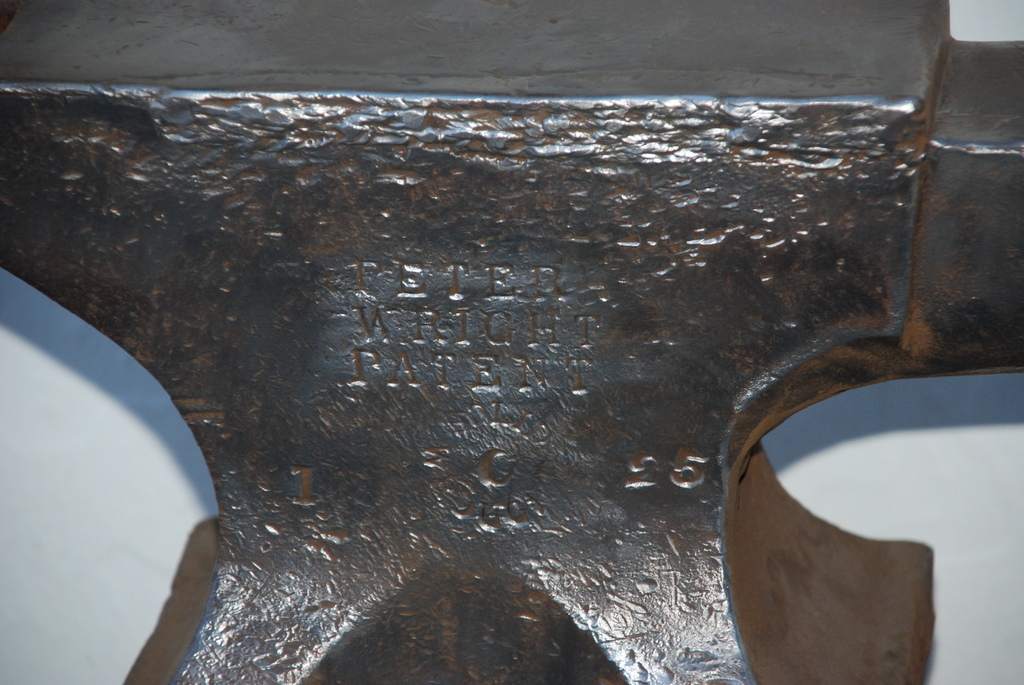

The scrap iron was forge-welded, and the resulting block was shaped into an anvil under a trip hammer. Wrought-iron anvils were made of blocks that started out as piles of scrap iron. A few manufacturers sold steel-faced cast iron anvils that worked fairly well. After the process for making steel was discovered, the soft wrought iron anvils then being used were fitted with a hardened steel faceplate, and when cast iron became available about 1600, it was much cheaper than steel, so some anvils were made of that material.Ĭhilling could harden the face of a cast iron anvil but cast iron is brittle, so these anvils couldn’t be used for heavy work. Iron anvils have been found in Roman ruins, and the anvil is mentioned in the Bible in Isaiah 41:7.Įarly anvils were made of many materials, including stone, iron-bearing meteorites, bronze and iron as already mentioned. until they were subdued by the Romans in about 100 A.D. Iron weapons appeared among the barbarian tribes of central Europe about 700 B.C., and were spread westward by the Celts, who dominated much of Europe from 650 B.C.

They dominated the Middle East for 500 years before their civilization finally crumbed. Iron is harder and tougher than bronze, and soon the Hittites were crafting superior weapons.
#PETER WRIGHT ANVIL MARKING TIMELINE HOW TO#
After cooling, the casting was reheated and hammered to harden the metal.Ībout 1,700 B.C., the Hittites in Asia Minor discovered iron and how to smelt it. The molten bronze was poured into the stone mold and covered with a clay cap. Axes, daggers and similar weapons and tools were cast in open molds chipped out of stone. These meteorites are quite hard and consist mostly of iron with a bit of nickel and other trace elements.Įventually, both hammers and anvils were made of bronze a number of bronze anvils have been found and dated to between 1,200 and 800 B.C. Pieces of meteorites that appear to have been used as anvils also have been unearthed. The early smiths used stone hammers to beat the copper and lead, and stones served as their anvils. Another millennium passed, though, before smiths learned how to mix molten copper and tin to make bronze. Also, copper was being used to make weapons and tools by 4,000 B.C. Postman, copper and lead were being smelted together and the resulting lumps of metal hammered into thin sheets and used for ornaments by 5,400 B.C. According to Anvils in America, by Richard A. The discovery of metalworking, which began in the area of present-day Turkey and Iran about 6,000 B.C., changed the world.
#PETER WRIGHT ANVIL MARKING TIMELINE CRACK#
Most early farm shops had an anvil, or at least a chunk of railroad rail that could be used to straighten or bend metal, set rivets – and crack walnuts. Instead, we’ll take a look at the histoy of anvils. It is a heck of a story and I hope you all enjoy.This month’s column is a change of pace from tractors and farm equipment. So far I have yet to remove an anvil but here's to hoping.

A neighbor remembers hanging from the horn of the anvil and cranking the forge blower for fun as a child. We talked to one old boy and my grandpa, turns out there was a farm shop there which got bulldozed to fill the slough a few years before my great grandfather bought the property. Long story short, I removed a dozen and a half hardy tools, punches, 1 pair of tongs, and a buffalo forge 147 post drill all of which received a heavy wire brushing and clean up and are being used in my shop. One day I was searching just for fun and pulled out a nice but rusty object I recognized as a hardy tool,though I was not quite sure, the next day I pulled out another. Through the years we have found clothes irons, bottles, wagon tires as well as buggy and agricultural equipment parts to name a few. I know this is an old post but here is my experience, in the slough next to my grandpas there is all kinds of metal "junk" the are served as a dumping ground years ago.


 0 kommentar(er)
0 kommentar(er)
